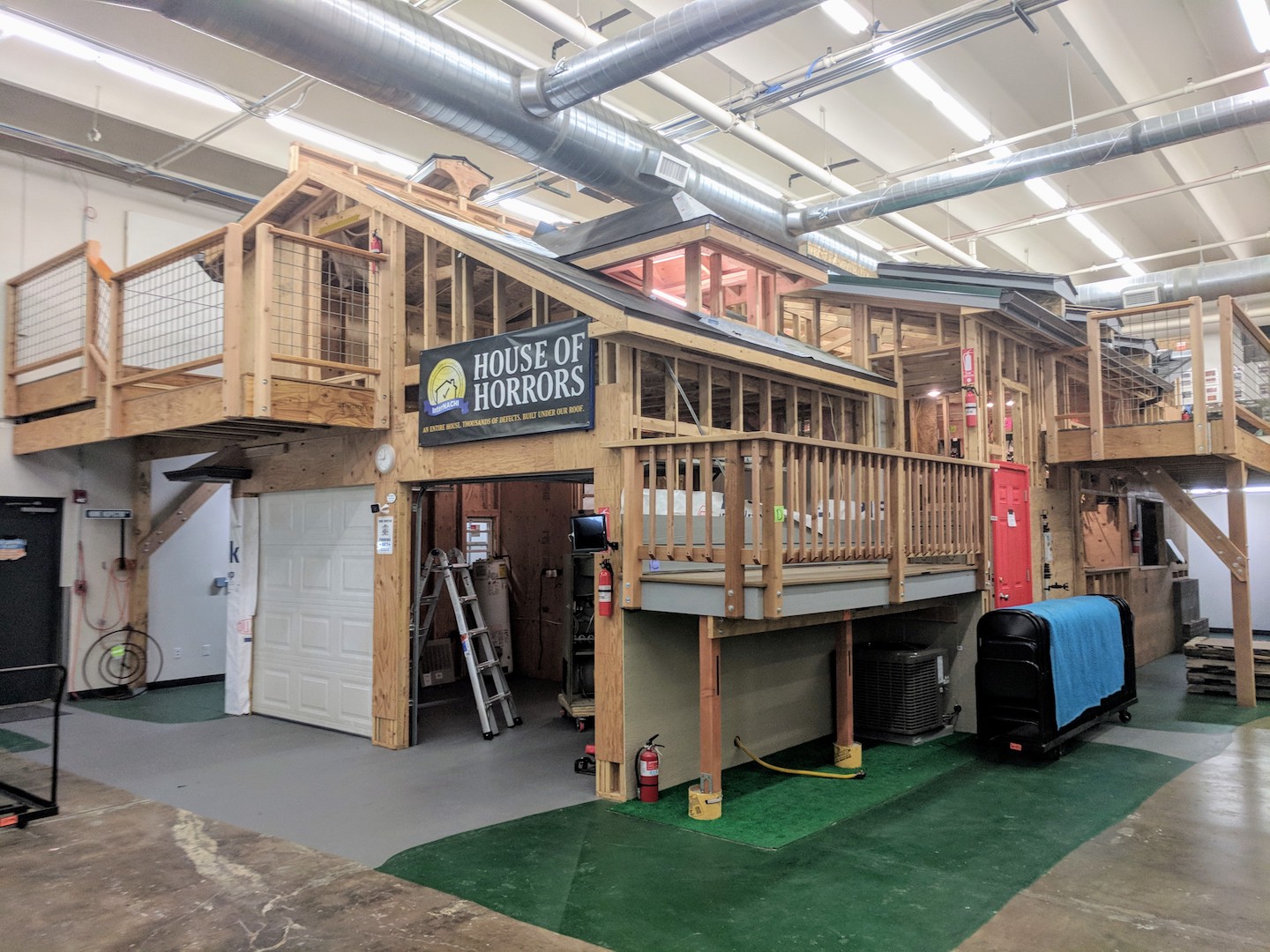Four Amazing Training Simulators
The following photos show four simulators used by different industries for training purposes.

Poland’s Museum of Military Technology or “Gryf” was founded in 2013. It houses working exhibits related to military technology, with particular emphasis on World War II. Military vehicles and other equipment provide history lessons for civilians, as well as training and instruction for military personnel before they're battle-tested in the field.

Photo courtesy of © Alain Jaramillo Photography
The Johns Hopkins Medicine Simulation Center in Baltimore includes simulated patient rooms, labor and delivery rooms, operating rooms, and trauma/intensive care rooms. The Simulation Center allows medical professionals to practice and improve their healthcare skills and rehearse various potential scenarios in a safe and controlled environment before performing procedures and delivering care to real patients.

NASA’s Lunar Landing Research Vehicle (LLRV) was developed in preparation of the Apollo Space Program’s Moon missions in the 1960s. NASA needed a simulator to mimic the 1,500-foot descent to the Moon’s surface. Developed by NASA’s Flight
Research Center in collaboration with Bell Aerosystems of Buffalo, New York, the
LLRV allowed the pilot to make a vertical landing on Earth in a simulated Moon
environment having one-sixth of the Earth's gravity, using specially designed
rockets with 4,200 pounds of thrust. Astronauts in training were able to
practice “free flight” landing, including adjusting in various scenarios for
pitch, yaw and roll. Initially, three
Lunar Landing Training Vehicles (LLTVs) were fabricated at a cost of
$2.5 million each (or more than $19 million each in today's dollars), whose cockpits were subsequently modified, as needed. Astronaut-pilots performed more than 200 flight simulations in these space training vehicles.

